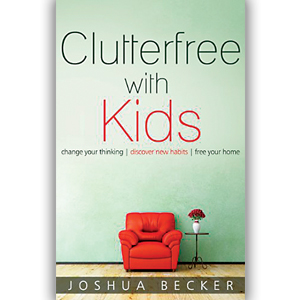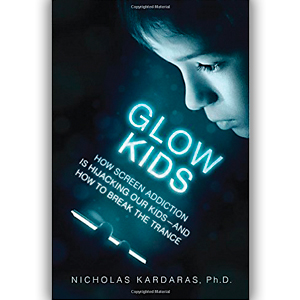If I Have to Tell You One More Time – Are You Making Your Child’s Behavior Worse?
When I was a child, my mother yelling didn’t affect me as much as when she said, “I’m disappointed.” Therefore, as Amy McCready explained the power of “The Calm Voice,” I knew exactly what she meant. She claims, “While many parents resort to raising their voices to be heard over the chaos and to get kids to take action, being consciously aware of using your Calm Voice instead will actually yield better results.”
According to If I Have to Tell You One More Time, kids easily pick up on our moods based on the tone of our voice and will even go so far as to pick up the mood for themselves if we’re not careful. This is why it’s so important to speak calmly. McCready argues that the Calm Voice is “the first step in making sure a power struggle doesn’t escalate into a full-blown battle.” Since McCready acknowledges that this simple tool can be difficult to implement, she suggests using sticky notes and strategically placing them around the house as a visual reminder throughout the day.
This paves the way for another aspect of parenting – the empowerment paradigm.
“We can’t control another person.”
“All we can control is ourselves and the environment.”
It’s important to note that McCready doesn’t believe family life should be a free-for-all, but she does think that “a household that operates with dignity and respect for all aligns surprisingly well with our parental ideals of raising healthy, happy kids who can shoulder their share of the responsibility, whether at home, at school or at work.”
The problem, according to McCready, is that most parents don’t take the time to train their children how to do something rather they tell them what not to do. For example, “it’s easy for us to say, ‘Don’t wear your shoes in the house,’ or ‘Don’t leave your dirty dishes in the sink,’ but when we use a ‘don’t’ phrase, it only breeds confusion for our kids. Every time we say ‘don’t,’ they have to double-process what we tell them in order to figure out what it is they’re actually supposed to do.”
If I Have to Tell You One More Time insists that if you take the time to train your child, ‘don’t’ phrases become unnecessary because our kids know what to do. McCready claims this means less reminding on your part, and a greater sense of personal power for them. And with the power struggles subsiding, you’ll be able to implement the When-Then solution, which is my favorite.
Now that school has started, it’s become all the more crucial that things not only run efficiently but also that everyone does their share. “The main concept behind When-Then is to delay or deny a normally occurring privilege until a task is done. When used effectively, it cuts out all of the ‘But I don’t want to!’ or “It’s not fair!”
Since the novelty of going to school hasn’t worn off yet for me it was as simple as saying “We can’t leave for school until everyone’s beds are made.” I realize their enthusiasm will diminish and my incentive will have to change, but I applied this same concept to their weekend chores (which I’d instituted thanks to last month’s book A Penny Saved). My oldest couldn’t leave for softball practice until she’d vacuumed her room.
Like McCready says, “It’s long been accepted that children of all ages thrive on the predictability of a routine. Kids and adolescents are hard-wired with a need for order, and knowing what happens next – even if they don’t particularly like it – provides a feeling of security.” So while I’ve been using my calm voice, the children have been resigning themselves to this new When-Then routine. That’s not to say the nagging, reminding, and yelling has disappeared entirely, but I do feel like these strategies are helping to bring out the best in us all.






